Small is beautiful: why Airbus has big hopes for its little A220 jet
As airlines strive for post-pandemic efficiency, Airbus says it has the right jet in the nimble A220.
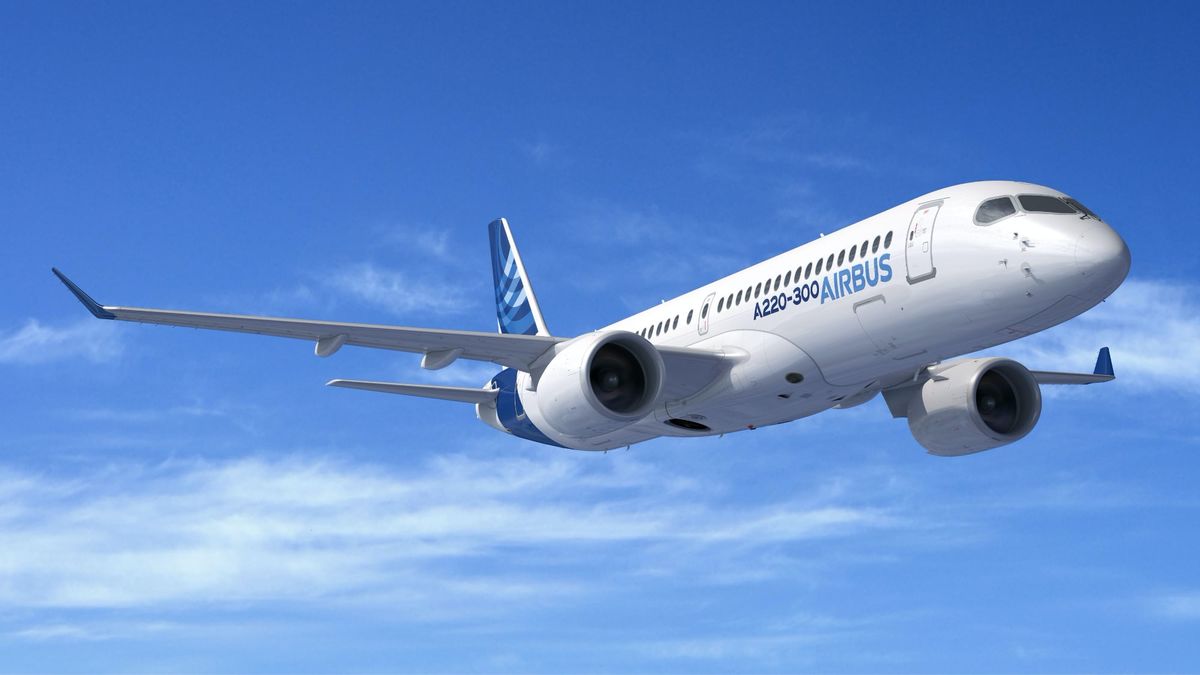
Airbus is seeking to spur demand for its smallest jetliner by pitching the A220 model as a tool for cutting costs and trimming capacity in the post-coronavirus travel market.
The European company, which took control of the former Bombardier jet in 2018, is also promoting its ability to fulfil multiple roles spanning short hops between cities to longer trips on routes with limited demand, Antonio Da Costa, Airbus’s marketing chief for single-aisle planes, said in an interview.
“We can’t say we’re in a seller’s market, but we do see good prospects,” he said. “The A220 is well placed because it offers low operating costs, a flexible platform for long and short missions, and is building on a good market basis.”
The plane, which seats as few as 100 passengers, suffered a setback this week when Air Canada canceled 12 of its 45 total orders and deferred 18 planes.
At the same time, almost 100% of the current A220 fleet has returned to service, a figure that’s ahead of other models, according to the executive. Many operated even at the height of lockdowns in the spring and summer when global fleets were largely grounded.
“In a pandemic airlines go for the most efficient, lowest cost,” Da Costa said. “This was the aircraft of choice, it was flying around most of the time.”
Finding the sweet spot
Air Baltic, one of the launch customers for the A220 – then the C Series – in 2016, responded to the crisis by saying it would retire all other aircraft and become the first carrier in the world to operate only that model.
While the focus is on securing deliveries of the 507 aircraft in the A220 backlog, Da Costa said Airbus is talking with airlines about new orders for the jet, which comes in two versions, one seating up to 120 people and the other as many as 150, with a range of almost 6,400km.
Southwest Airlines CEO Gary Kelly said last month that weak demand for flights would make it easier to add the Airbus A220 should the carrier opt to diversify from its all Boeing 737 fleet.
The smaller city pairs that the A220 has served – such as Geneva-London with Lufthansa's Swiss arm and New York-Boston with Delta Air Lines - have seen traffic dwindle, but given time such routes should revive and A220 demand recover, said Sandy Morris, an analyst at Jefferies International.
Mix and match
Airlines may also be keen to have a smaller plane in their fleets that they can draft in to replace larger single-aisle models such as the Airbus A320 and A321 as demand fluctuates with continuing outbreaks of the virus, Morris said.
Airbus pitched the A220 as complementing its existing narrow-body family when it bought the model from Bombardier, and Da Costa said that 70% of large airline customers for the A220 also have the A320-series in their lineup.
Still, the company has put plans to boost production on hold given current volatility, he said, and will limit A220 output to three a month at the main Mirabel site in Canada and one in Mobile, Alabama.
Increases had been planned as part of moves to lift output at the plants to 10 and four a month respectively by the middle of the decade.
On a possible stretch version of the A220-300 seating 160 people or more, in which airlines including Air France-KLM have expressed an interest, Da Costa said the focus is on the current line-up, though the model has “oodles” of development potential.
Qantas a potential customer
Qantas CEO Alan Joyce has previously noted the A220 could be a replacement for the Boeing 717s and Fokker 100s of its QantasLink regional arm.
"To me it looks like a very good aircraft,” Joyce told media in October 2019 during a promotional A220 flight over Sydney held by Airbus.
"I think the passengers would love it. It feels very quiet, that’s one thing you do notice. Even the toilets are big!"
However, when eying the average 2018 list price of almost $120m, he said "what Airbus have to get right is the pricing of this aircraft"
"As it was priced before it was very high so for us to buy it so has to be a lot cheaper than the prices we’ve been seeing."
Also read: Qantas could buy the Airbus A220, so here's what it's like to fly
Additional reporting by David Flynn
This article is published under license from Bloomberg Media: the original article can be viewed here
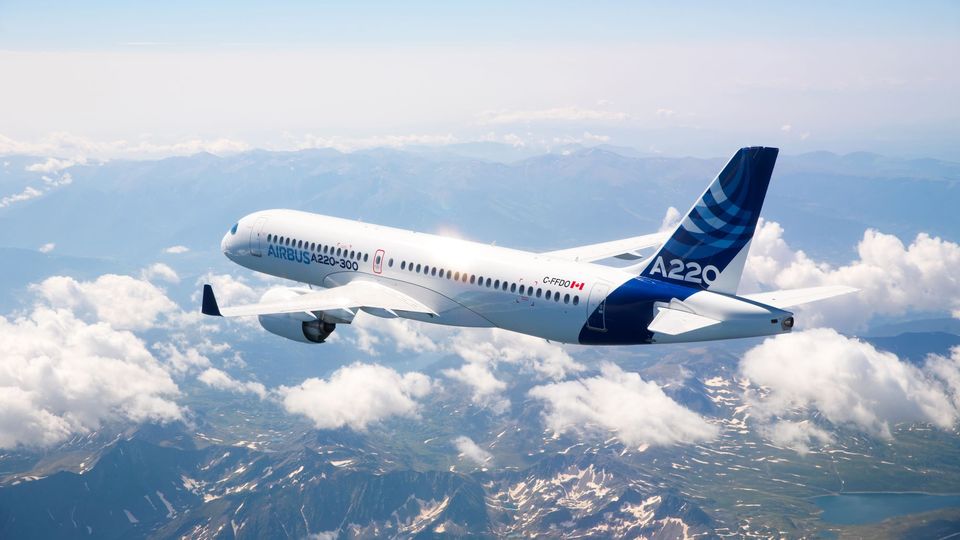
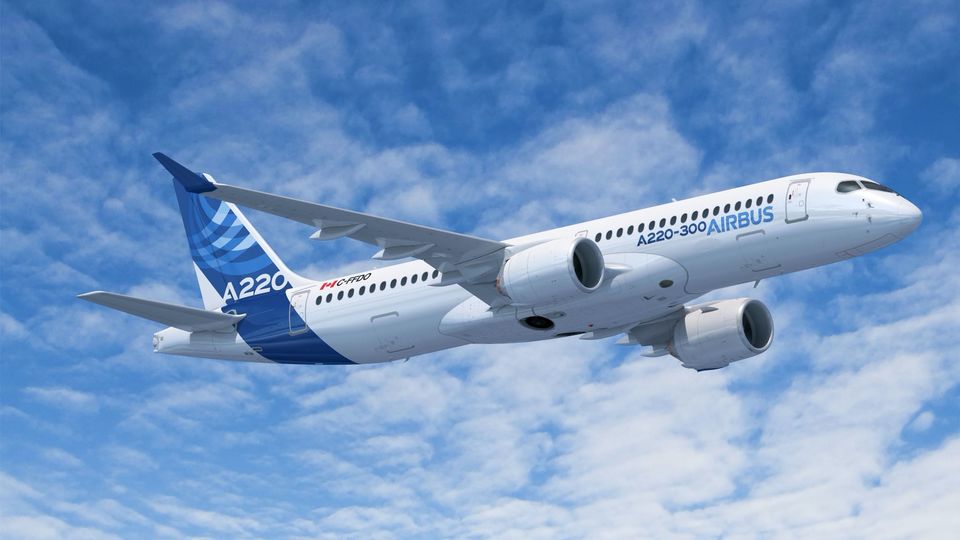
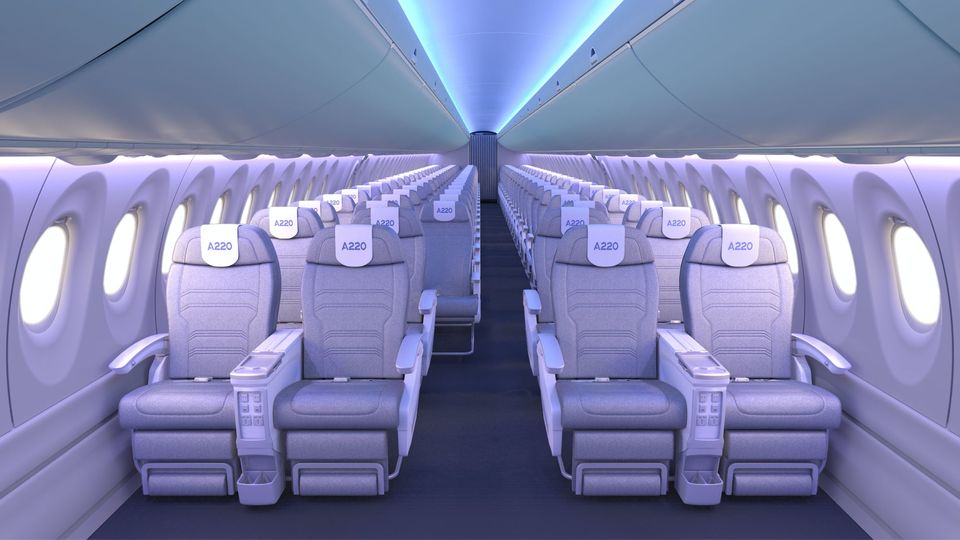
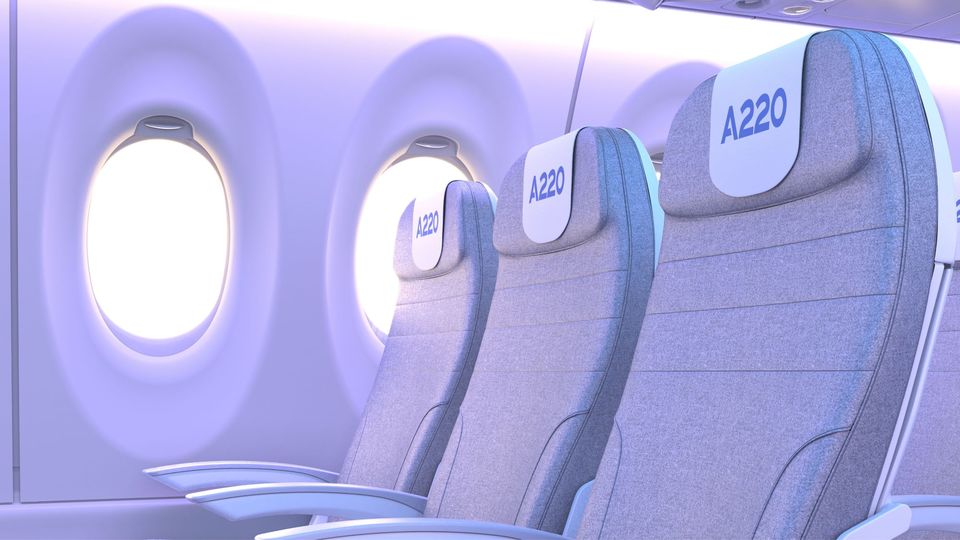
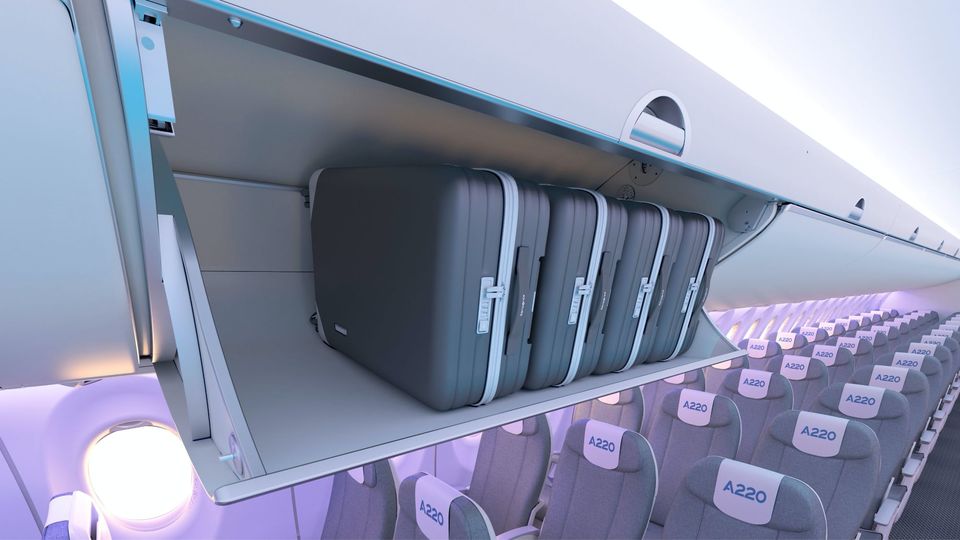
09 May 2020
Total posts 572
Even with possible cgi editing of image, the overhead locker space does look impressive.
08 Jul 2020
Total posts 8
I have flown on this plane multiple times and really like it. The overhead lockers is actually fine, I easily fit my roll on luggage in the one over the 3 seats. I don't know if it actually is smaller, but the one over the 2 seats seat slightly shallower (but i didn't try). The seats are wide, especially for domestic. The one downside I remember from the overhead bins, was that when they are open you need to be wary of them when moving about, as the ones over the 2 seats are open right against the aisle and your head space, so no swaying (though this could also be seen as a plus, as it means the lockers are not tiny.
09 May 2020
Total posts 572
@AUSUK3
If the overhead locker is as large as you seem to suggest then it may hazardous when opening the locker door since the locking mechanism is not on the moving door, since you need 2 hands work this, one to unlock the locker, the other to stop the fully loaded tray to simply flop down due to the weight (no matter how good the dampening mechanisms is initially, it will wear out sooner or later) and hit someone tall sitting down under the locker.
I have seen plenty of thoughtless people opening the overhead locker who let the tray just flop down, but at least their hand is often still on the locking mechanism on the tray door, and could in theory stop the sudden movement.
Hi Guest, join in the discussion on Small is beautiful: why Airbus has big hopes for its little A220 jet